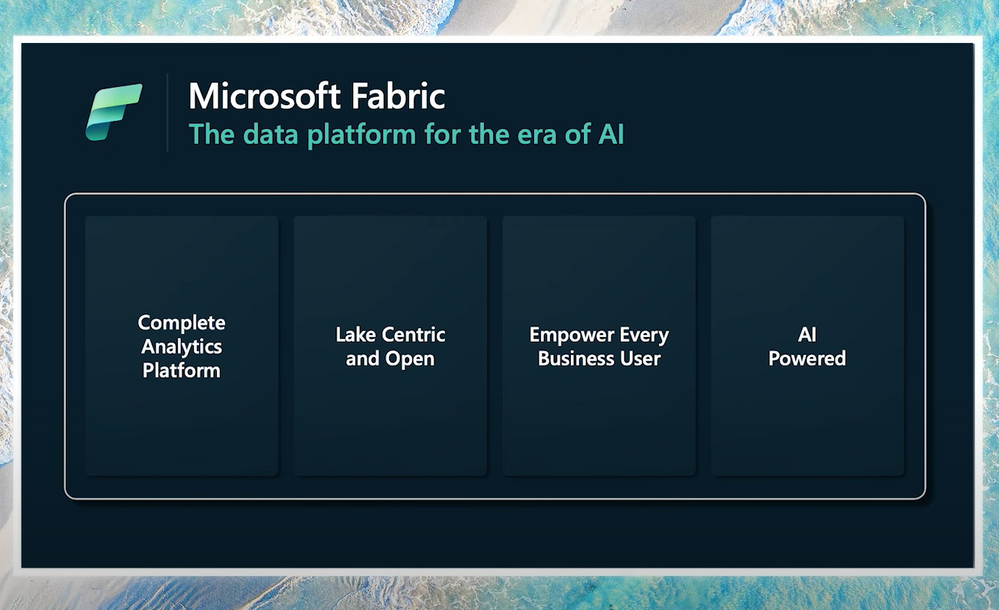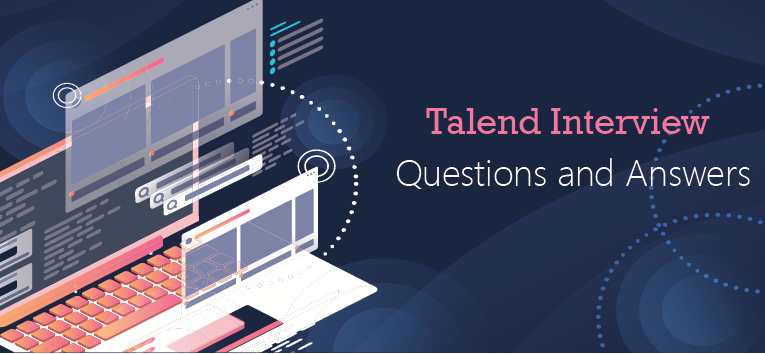Understanding Kibana: A Powerful Tool for Data Visualization and Analysis
In the ever-evolving landscape of data management and analysis, businesses and organizations are constantly seeking tools that can help them harness the full potential of their data. One such tool that has gained immense popularity in recent years is Kibana. In this blog post, we’ll dive into what Kibana is, what it is used for, and explore the concept of Kibana dashboards.
What is Kibana?
Kibana is an open-source data visualization and exploration tool developed by Elastic. It is part of the Elastic Stack, which also includes Elasticsearch and Logstash. These components work together to provide a powerful platform for searching, analyzing, and visualizing large volumes of data.
At its core, Kibana serves as the frontend user interface for Elasticsearch, which is a distributed, RESTful search and analytics engine. Kibana makes it easy for users to interact with their data, allowing them to create meaningful visualizations and dashboards, and extract valuable insights.
What is Kibana Used For?
Kibana is a versatile tool with a wide range of applications across various industries. Here are some key use cases:
1. Log and Event Analysis:
Kibana is commonly used for log and event analysis. Organizations can ingest and index logs from various sources, such as servers, applications, and network devices, into Elasticsearch. Kibana then enables users to search, filter, and visualize this log data. This is particularly valuable for troubleshooting, monitoring system health, and identifying security threats.
2. Business Intelligence:
Kibana can be used as a business intelligence tool to create interactive dashboards and reports. By connecting to data sources and building visualizations, businesses can gain insights into their operations, sales, and customer behavior. Kibana’s visualization capabilities make it easy to transform data into meaningful charts, graphs, and tables.
3. Infrastructure Monitoring:
In the realm of IT and DevOps, Kibana is essential for infrastructure monitoring. It allows organizations to monitor the health and performance of their systems, applications, and services in real-time. Kibana dashboards can display metrics like CPU usage, memory utilization, and network traffic, helping teams proactively address issues and optimize their infrastructure.
4. Security Information and Event Management (SIEM):
Kibana can also serve as the frontend for a SIEM system, where it aggregates and correlates security-related data. Security analysts can use Kibana to investigate incidents, detect anomalies, and visualize patterns in security events. This is crucial for maintaining the security and integrity of an organization’s digital assets.
http://informationarray.com/2023/09/12/azure-data-studio-vs-sql-server-management-studio-ssms-a-comprehensive-comparison/
What is a Kibana Dashboard?
A Kibana dashboard is a collection of visualizations, search queries, and other elements arranged on a single page for easy access and analysis of data. Dashboards in Kibana are highly customizable, allowing users to design them to suit their specific needs. Here’s what you can typically find on a Kibana dashboard:
- Visualizations: These are the core building blocks of a dashboard. Visualizations can include bar charts, line charts, pie charts, maps, and more. Each visualization represents data in a visually digestible format.
- Search Queries: Users can include search queries on a dashboard to filter and focus on specific data subsets. This is especially useful when dealing with large datasets.
- Filters: Filters enable users to interactively drill down into the data by selecting specific criteria. For example, you can filter data by date, location, or any other relevant field.
- Saved Searches: These are predefined search queries that can be reused across different dashboards or visualizations.
- Controls: Controls such as dropdown menus or sliders can be added to allow users to interactively change the displayed data or time range.
Kibana dashboards are valuable tools for monitoring and decision-making. They provide a consolidated view of data, making it easier for users to spot trends, anomalies, and correlations.
Here are some trending FAQs about Kibana:
-
What is Kibana?
- Kibana is an open-source analytics and visualization platform that allows you to explore and visualize data stored in Elasticsearch. It is a powerful tool that can be used to analyze a wide variety of data, including logs, metrics, and events.
-
What are the benefits of using Kibana?
- The benefits of using Kibana include:
- Easy to use: Kibana is a user-friendly tool that can be used by people with no prior experience in data visualization.
- Powerful: Kibana offers a wide range of features for visualizing data, including charts, graphs, and maps.
- Flexible: Kibana can be used to visualize data from a variety of sources, including Elasticsearch, Logstash, and Beats.
- Scalable: Kibana can be scaled to handle large amounts of data.
- The benefits of using Kibana include:
-
What are the limitations of using Kibana?
- The limitations of using Kibana include:
- It is not a data store: Kibana is a visualization tool, not a data store. You need to store your data in Elasticsearch before you can visualize it with Kibana.
- It can be complex: Kibana can be a complex tool to learn, especially if you are new to data visualization.
- The limitations of using Kibana include:
-
How do I get started with Kibana?
- To get started with Kibana, you will need:
- An Elasticsearch cluster: Kibana can only be used with Elasticsearch. You can either set up your own Elasticsearch cluster or use a hosted service like Elastic Cloud.
- The Kibana Docker image: You can use the Kibana Docker image to quickly and easily get started with Kibana.
- A web browser: You can access Kibana from any web browser.
- To get started with Kibana, you will need:
-
What are some of the most popular visualizations in Kibana?
- Some of the most popular visualizations in Kibana include:
- Line charts: Line charts are used to visualize trends over time.
- Bar charts: Bar charts are used to visualize categorical data.
- Pie charts: Pie charts are used to visualize proportions.
- Maps: Maps are used to visualize geospatial data.
- Heatmaps: Heatmaps are used to visualize the intensity of data.
- Some of the most popular visualizations in Kibana include:
-
How can I use Kibana to monitor my applications?
- Kibana can be used to monitor your applications by visualizing data from your application logs. You can use Kibana to track errors, performance metrics, and other important data about your applications.
-
How can I use Kibana to troubleshoot problems?
- Kibana can be used to troubleshoot problems by visualizing data from your application logs. You can use Kibana to identify the source of problems and to track the progress of your troubleshooting efforts.
Kibana is a powerful data visualization and exploration tool that empowers organizations to make data-driven decisions, whether it’s in the realms of IT operations, business intelligence, or security. Its ability to create customizable dashboards makes it an essential tool for visualizing and analyzing data efficiently. As data continues to grow in volume and complexity, Kibana’s role in helping organizations extract insights from that data becomes increasingly vital.










